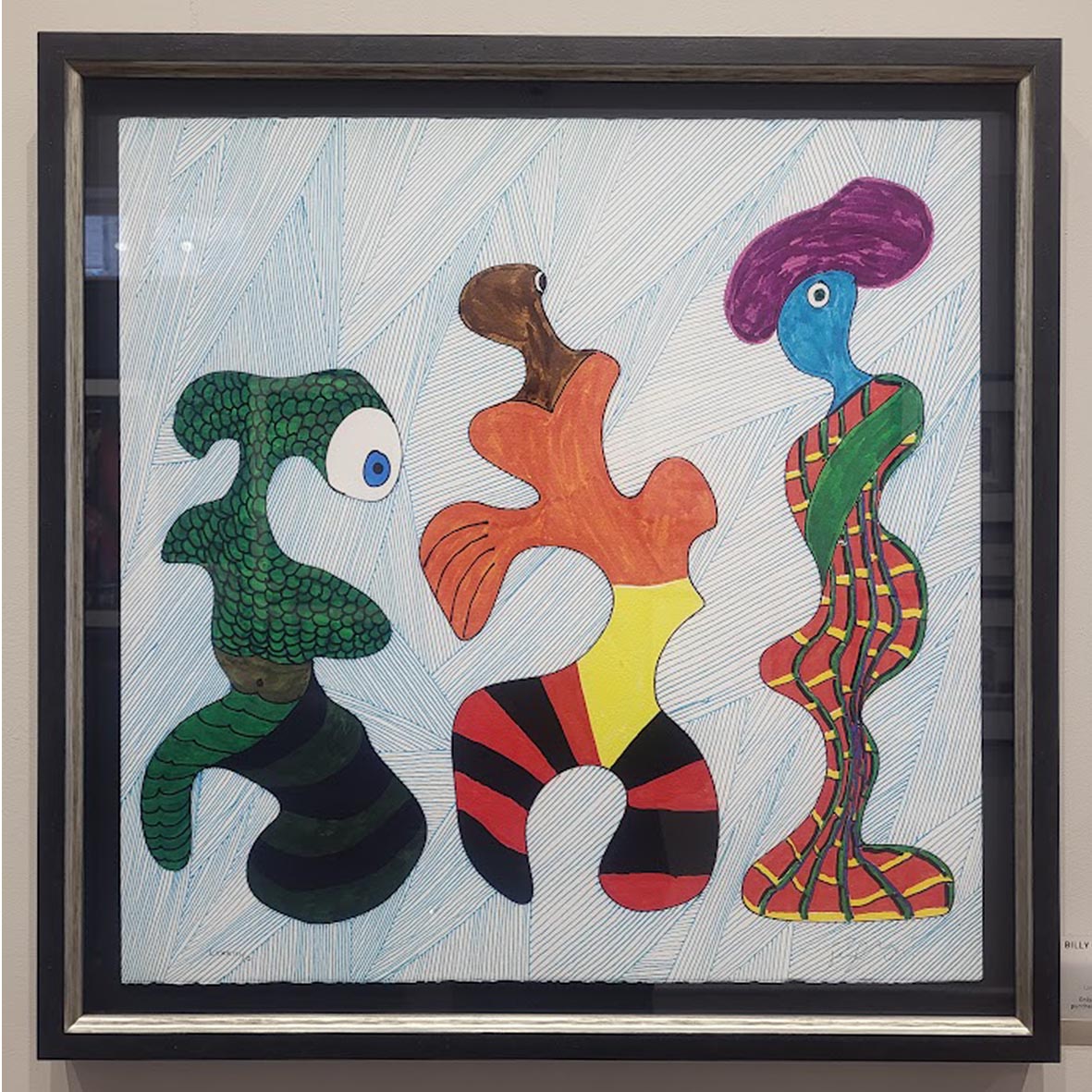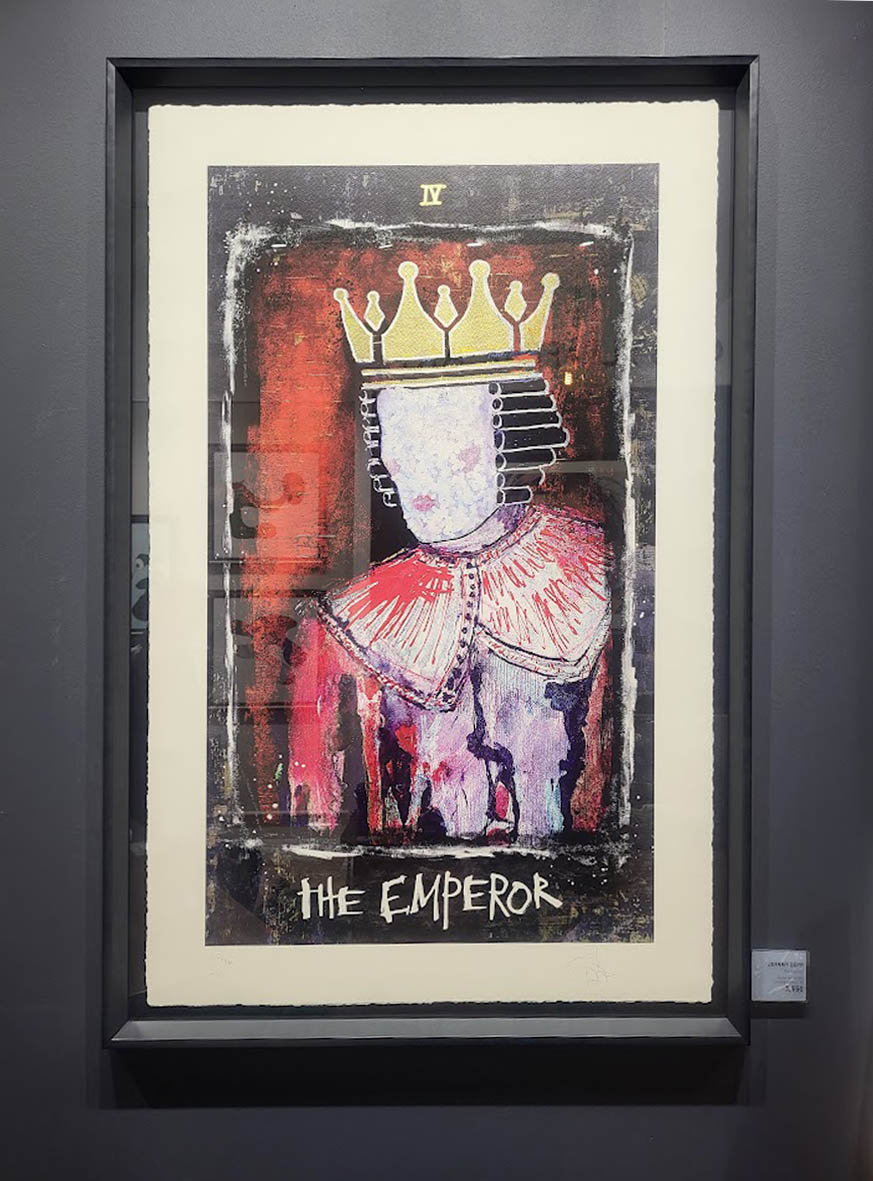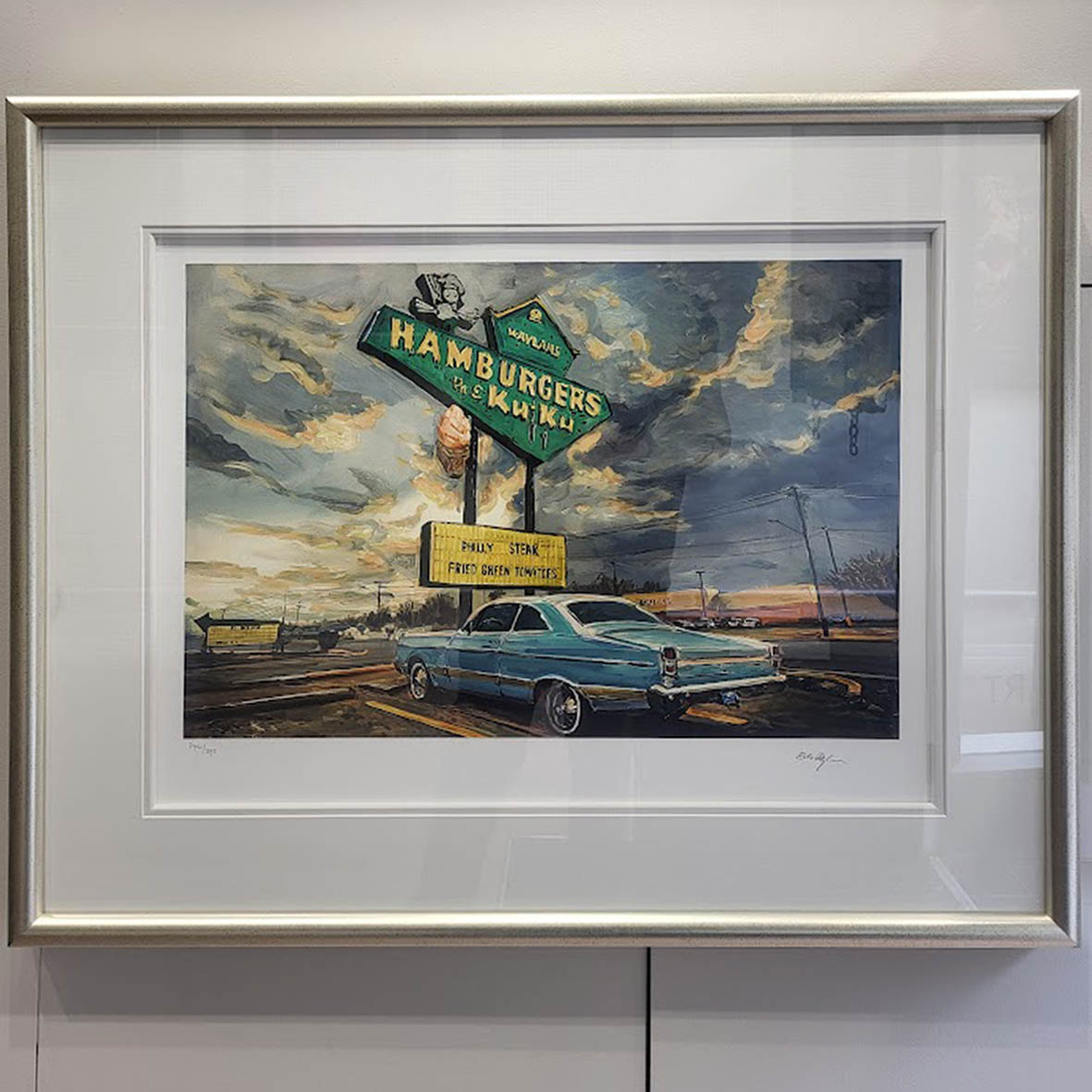Fame, Art & Authenticity: Robbie Williams and the Rise of Celebrity Artists
Another Pop Icon Enters the Art Scene
On April 25th, 2025, the Moco Museum in London will open its doors to a brand new exhibition—one that brings pop star Robbie Williams not to the stage, but to the gallery wall. Known for his chart-topping hits and charismatic stage presence, Williams is the latest in a growing line of celebrities transitioning into the visual arts. This trend raises interesting questions: Are these stars genuine artists? Or are they simply leveraging fame to gain credibility in a new creative domain?
The Celebrity Shortcut?
There’s no denying that household names like Johnny Depp, Billy Connolly, Bob Dylan, and Ed Sheeran have all dipped their brushes into the art world, many doing so through the popular Castle Fine Art galleries. Their works, often limited-edition prints or stylized portraits, sell quickly—sometimes for thousands of pounds. But would these same pieces receive the same attention if they were created by unknown artists?


Paintings by Billy Connolly (left), Johnny Depp (middle) and Bob Dylan (right) currently available via Castle Fine Arts

The underlying issue here is access. Where emerging artists often struggle for years to be seen, heard, or represented, celebrities seem to bypass the grind entirely. Their work enters the spotlight with ease—carried not by curators or critics, but by legions of fans.
Is It the Art… or the Artist?
So, are collectors genuinely moved by the creative expression on show, or are they buying a piece of their idol's mystique?
For example, Johnny Depp’s semi-abstract portraits of pop culture icons sold out almost immediately upon release, but it’s worth asking—would the work have received the same enthusiasm if it were signed by a name no one recognized? In some cases, the answer might be yes. But often, the signature is the selling point.
There's also a growing market for celebrity art that functions almost like memorabilia. These aren’t just paintings—they’re extensions of the person. To fans, buying a piece is akin to owning a slice of the celebrity's personal world, as if purchasing a painting gives deeper access to their thoughts, style, or essence.
Artistic Talent or Brand Extension?
The cynics among us may roll their eyes at the idea of pop stars turned painters. But maybe the real issue is how we define what it means to be an “artist.” If someone has the means, the time, and the platform to explore a new medium—shouldn’t they be allowed to do so without judgment?
In truth, many of these celebrity-artists have been making art for years, privately. Billy Connolly’s whimsical illustrations, for instance, feel honest and true to his character, while Dylan’s landscapes and ironwork sculptures suggest a long-standing engagement with the visual arts. Robbie Williams, too, has reportedly used art as a form of self-expression and therapy, particularly around themes of mental health.
Creativity Isn’t One-Dimensional
One of the most compelling arguments in defense of celebrity artists is this: creativity is rarely confined to one discipline. Musicians might hear colours, actors may think visually, and comedians often approach the world with a surrealist or abstract perspective. Why shouldn’t they stretch those creative muscles into new forms?
As a society, we tend to like our creatives neatly boxed. A singer should sing. A painter should paint. But the reality is far more fluid. Creative people often find joy, solace, or even healing in switching mediums. Just as a visual artist might experiment with sound, so too might a performer explore canvas.
Perhaps it’s less about fame, and more about freedom—the kind of freedom that fame and financial success often afford. And perhaps that’s where the tension lies for those working in the art world without that same safety net.
The Double-Edged Brush of Fame
The backlash celebrity artists receive often stems not from the art itself, but from what their success seems to represent: a shortcut. For the emerging artist grinding through open calls, funding applications, rejections, and underpaid commissions, watching a celebrity exhibit in a major gallery or sell out a print run overnight can feel like an injustice.
But the truth is, the art world has never been purely meritocratic. Connections, charisma, and yes—fame—have always played a role in who gets seen and who sells. The celebrity artist simply makes this more visible.
What Robbie Williams Brings to the Canvas
Robbie Williams’ upcoming exhibition at the Moco Museum will no doubt stir the same questions and critiques. But if early previews and statements are anything to go by, this isn’t just a vanity project. His work explores inner turmoil, media distortion, fame, and self-identity—all themes that align with both his life and broader cultural issues.
The real question, then, isn’t whether Robbie Williams should be making art—but whether we, as viewers, are ready to engage with it outside the context of his celebrity. Can we separate the man from the canvas?
So… Should They Be Doing It?
In short—yes. But with caveats.
Famous people absolutely have the right to explore visual art. Creativity is a human impulse, not a job title. But that doesn’t mean their path is without friction. They must be prepared to face critique, comparison, and scepticism—just like any artist. And perhaps, more importantly, they should use their platform to uplift lesser-known artists, support arts education, or challenge elitism in the gallery world.
Art is for everyone, but access to an audience is not. If celebrities want to enter the art world with integrity, they should consider what they can give back—not just what they can take.
Final Thoughts: The Canvas Isn’t a Stage—Or Is It?
At its core, the crossover between fame and fine art forces us to question what we value. Do we prize artistic skill, authentic self-expression, or simply the glamour of a famous name?
As Robbie Williams prepares to unveil his creative side at Moco, the art world will no doubt watch with both curiosity and criticism. But perhaps the healthiest approach is to view celebrity art as just one brushstroke in the larger, evolving portrait of contemporary creativity.
After all, isn’t art—at its best—about pushing boundaries?












